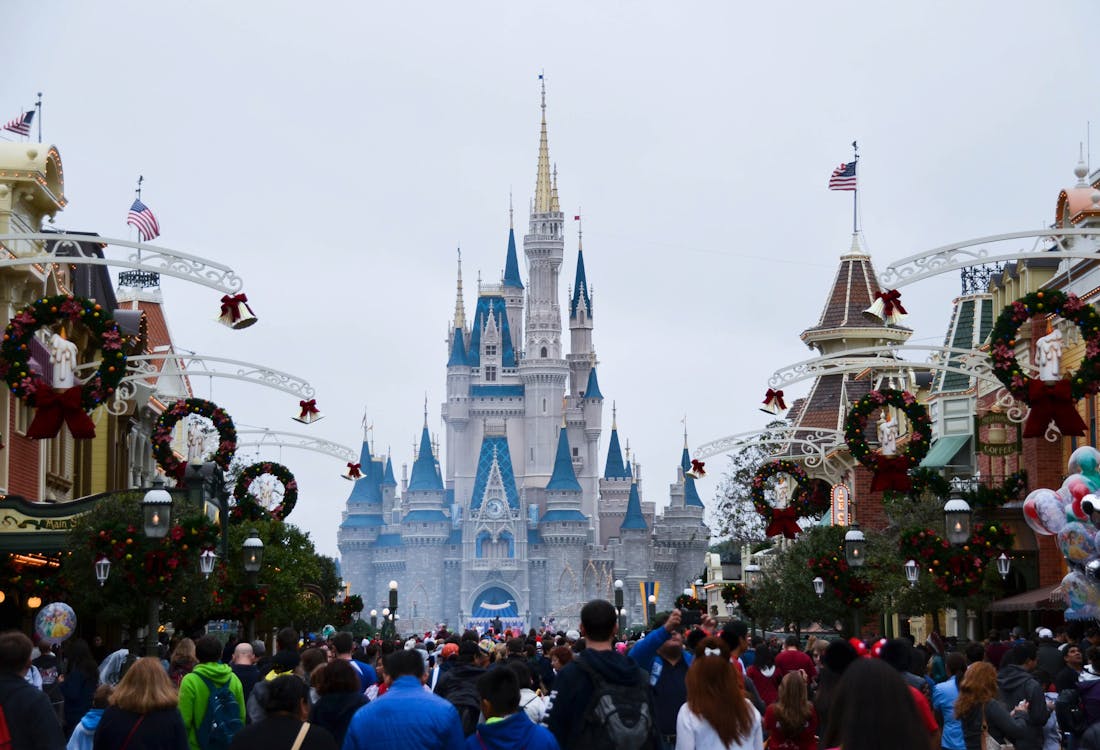The Regaleira Palace, also known as Palácio da Regaleira, shares its name with the entire estate of Quinta da Regaleira. The palace's façade stands out with its rich Gothic details, including pinnacles, gargoyles, capitals, and a striking octagonal tower. Built in the early 20th century, it was commissioned by António Augusto Carvalho Monteiro, a wealthy Brazilian merchant. The architecture and design of the palace are deeply influenced by the mystical and esoteric traditions of the era, such as Freemasonry, the Knights Templar, and alchemy. Let's explore the highlights that make this palace unique.
Recommended tickets to Quinta da Regaleira
Highlights of Regaleira Palace
1. The palace at a glance

The palace spans five floors: a ground floor, three upper floors, and a basement. The ground floor features a series of hallways connecting the living room, dining room, billiards room, balcony, smaller rooms, and several stairways. On the first upper floor, you'll find bedrooms and a dressing room. The second upper floor houses Carvalho Monteiro's office and the bedrooms for female servants. The third upper floor includes the ironing room and a small room with access to a terrace. In the basement of
Quinta da Regaleira Palace, you'll find the male servants' bedrooms, the kitchen (equipped with a food elevator to the ground floor), and storage rooms.
2. Hunting Room

The Hunting Room, or Sala da Caça, serves as the palace's dining room and is dominated by a grand fireplace. Sculpted by Rodrigo de Castro, this marble masterpiece showcases intricate hunting scenes and is crowned with a proud huntsman figurine. The mantelpiece is adorned with exceptionally detailed carvings of hunting scenes. The room embodies the 'cycle of life' theme, evident in the polychrome Venetian mosaic floor and the ceiling carvings. This room is the grandest in the palace, reflecting its opulence and artistic detail.
3. King’s Room

Formerly the billiard room, the King's Room is adorned with portraits of 20 Kings and 4 Queens of Portugal, along with the coats of arms of Lisbon, Porto, Coimbra, and Braga. Carvalho Monteiro's respect for Portugal's monarchy is evident in this room, which gets its name from the 24 monarch portraits encircling the top of the walls in a decorative frieze.
4. The octagonal turret

The palace's impressive octagonal tower is one of its most remarkable architectural features. It offers breathtaking views of Sintra and the surrounding countryside. The design of this room was inspired by the Templar Convent of Tomar, adding to its historical and architectural significance.
5. The Chapel

Designed in the neo-Manueline style like the palace, the chapel boasts ornate moldings, a striking tower, and spires. While it may appear to be a traditional Catholic chapel, a closer look reveals a blend of spiritual and esoteric influences.
Inside, the floor features a Templar cross surrounded by pentagrams and pagan sunwheels. The entranceway also displays a Templar cross along with esoteric symbols like the Rosicrucian rose and the Holy Grail chalice. Above the altar, a painting depicts the Virgin Mary being crowned by Jesus. Notably, an "M" is carved into the arch above this icon, which could represent the Madonna, Monteiro, or possibly Freemasonry.
The chapel's elaborate ceiling includes the All-Seeing Eye, or the Eye of Providence, a significant Masonic symbol representing God as the Great Architect of the Universe. This symbol is depicted within a triangle with rays of light, similar to its depiction in Masonic halls and lodges. Additionally, the chapel's crypt contains a secret underground passage connecting it to the main palace, allowing discreet navigation of the estate.


